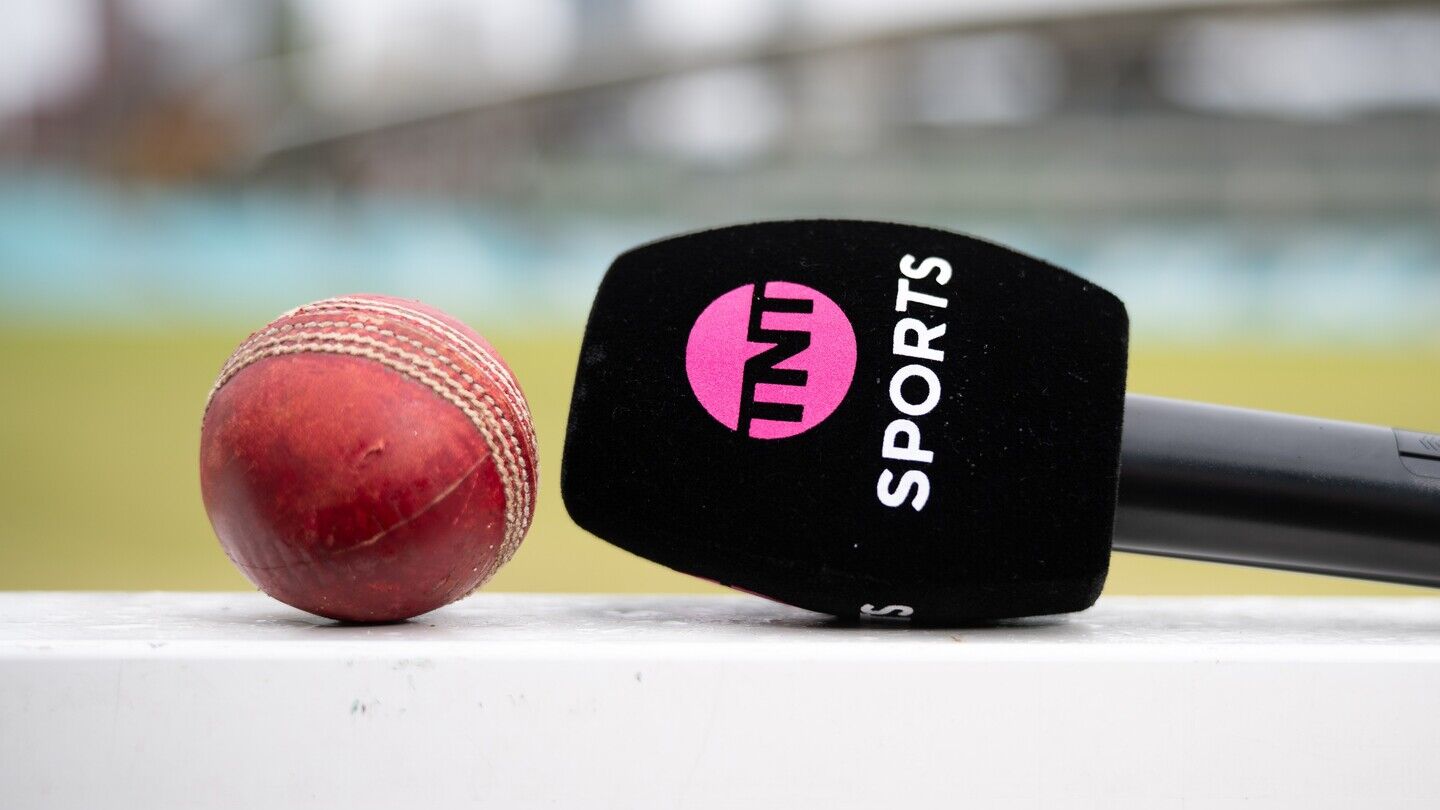The Acolyte looked to capture the handmade, analogue feel of the original Star Wars trilogy in a surprising departure from LED volumes.
he production of recent Star Wars TV spin-offs have taken different paths. While The Mandalorian, The Book of Boba Fett, and Ahsoka were filmed largely on Industrial Light & Magic’s StageCraft video wall, Andor was filmed at Pinewood and locations throughout the UK. That’s the route taken by The Acolyte too in a bid, it seems, to capture the pre-CGI analogue quality of the original films.
“It was decided very early on that The Acolyte was not going to be a Volume show,” explains Chris Teague who photographed four of the season’s eight episodes. “Sets and locations would fit really well with an aesthetic that was a little bit more handmade, if you will. More textural, less glossy and clean, basically.”
This is Teague’s first foray into the Star Wars universe, as it is for series showrunner Leslye Headland with whom he shot episodes of Netflix drama Russian Doll. He is a fan, though, and like many, he reveres The Empire Strikes Back as the best of the franchise’s features.
“I remember having this distinct feeling as a kid watching how it ends on this downbeat note which was striking and surprising to me,” he says. “I didn’t know you could tell a story that way.
“Plus, I just loved the look of it. It’s this futuristic world but at the same time, everything feels very rough around the edges.
“The colour palette resonated too. The original films...
You are not signed in
Only registered users can read the rest of this article.

Behind the scenes: The Running Man
Scenes structured like Russian nesting dolls present Editor Paul Machliss with a challenge in completing this deadly reality TV show.

TNT Sports and The Ashes: “We need to be at the heart of the story”
TNT Sports takes a hybrid approach as England’s cricket team heads down under with a sporting chance of returning with a little urn. Adrian Pennington reports.

Behind the scenes: Frankenstein
Cinematographer Dan Laustsen tells IBC365 why he and Guillermo del Toro turned the classic nightmare, Frankenstein, into a love story of ice and warmth between father and son.
Behind the scenes: Good Boy
From casting his own dog as the lead to shooting at a dog’s eye level, first-time Feature Director Ben Leonberg has perfected a filmmaking process built entirely around a pet. The result? Critical acclaim and a viral smash for horror season.

Behind the scenes: A House of Dynamite
Filmmaker Barry Ackroyd reveals how his camera work takes audiences inside the command bunker and gives them no control over the final countdown to nuclear Armageddon.



